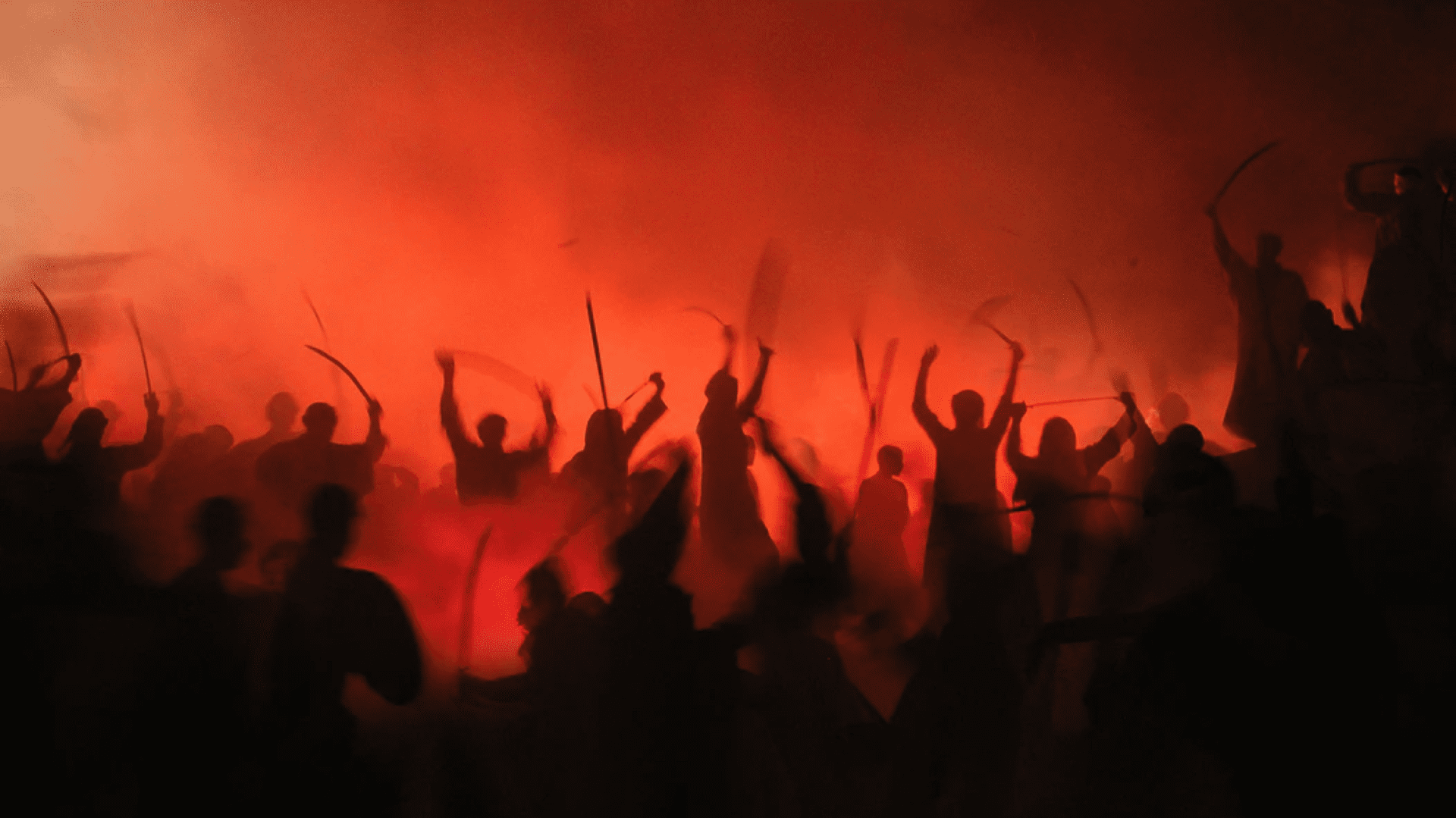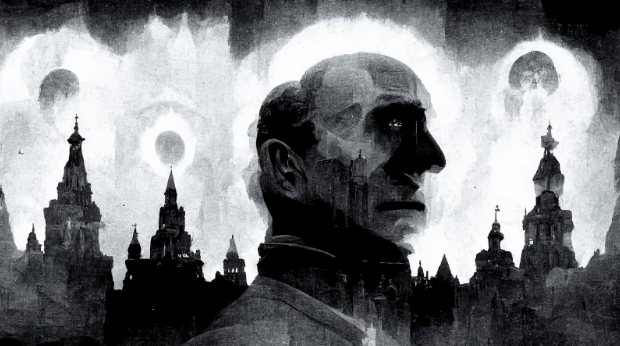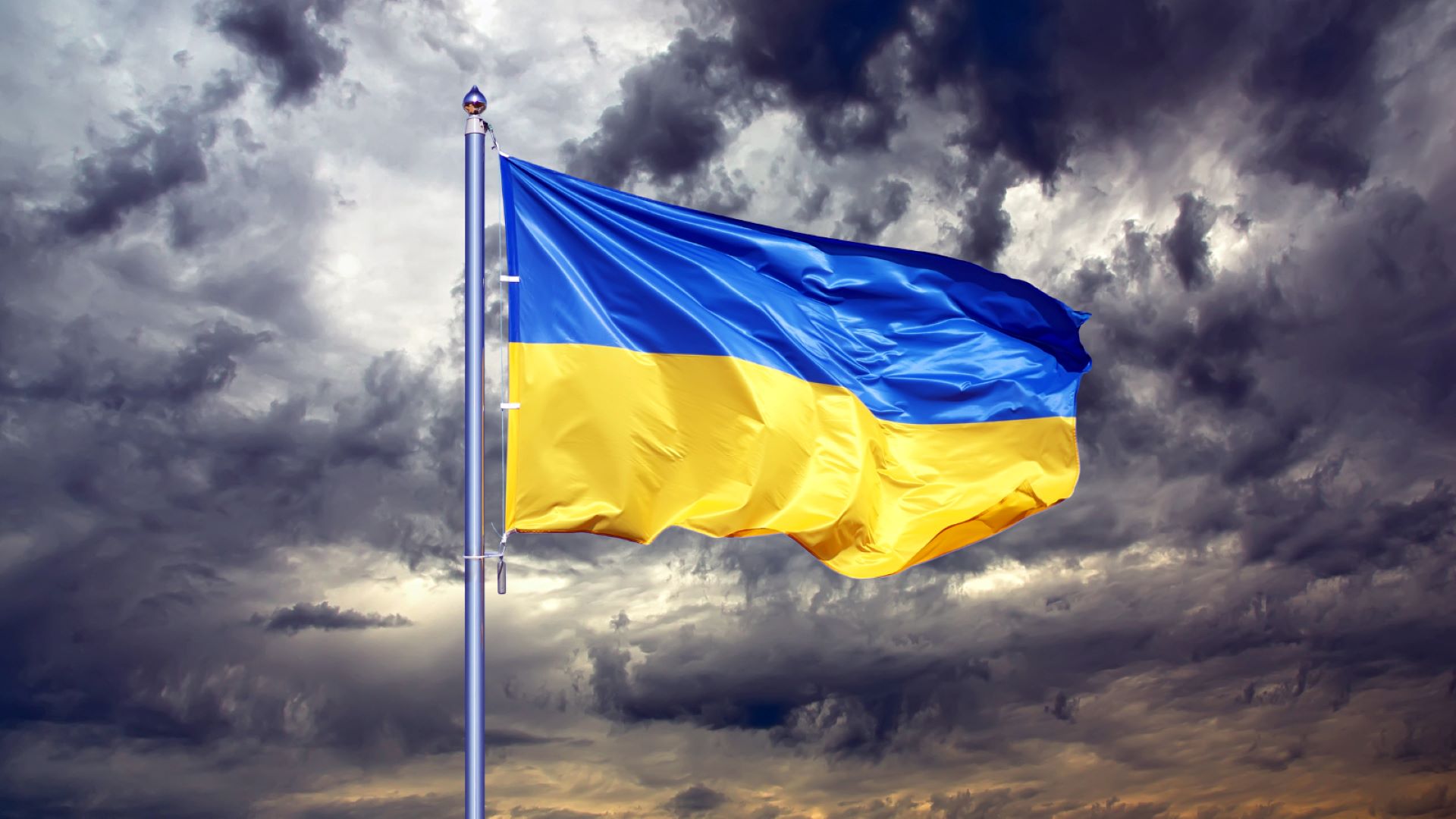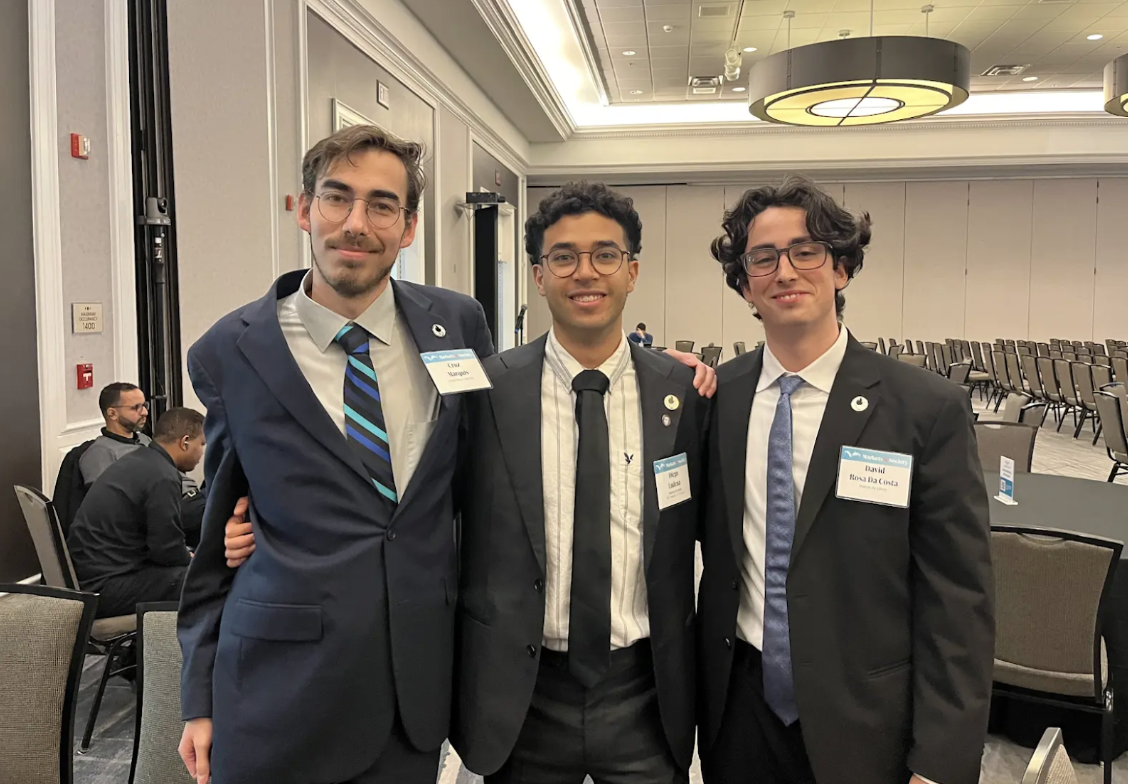By Monica Lucas
Back when I was a student in high school, I was instructed to research culture and U.S. national security for an assignment. What I found was a war culture that is disturbingly antithetical to liberty.
Not only does war exist as a real, visible phenomenon, but there is an entire culture that forms around it. This culture permeates our society much more than we think. It holds killing and violence as normal. As peace-loving libertarians, we should be disgusted.
I started this research by looking at the Department of Homeland Security (DHS) which has had a sizable impact on the American mindset since its inception in 2002. A crucial aspect of its influence is the “culture of preparedness,” whereby bodies expand their power in anticipation of a hypothetical threat.
The influence of the TSA and FEMA on war culture
Two such bodies the DHS is responsible for are the highly visible Transportation Security Administration (TSA), and the heavily scrutinized Federal Emergency Management Agency (FEMA).
They are pervasive institutions and supposedly operate under the lurking presence of imminent or actual disaster. They serve as a constant reminder that the United States is not, and cannot be, a place that is truly safe from domestic disasters. But one cannot help but wonder whether the DHS is responding to tangible threats, or whether it has simply continued the climate of fear without actual cause.
In October 2012, President Obama signed an Executive Order that established the White House Homeland Security Partnership Council. This council is tasked with establishing more intimate relationships between the federal government and state and local authorities in order to “support homeland security priorities.”
By connecting federal security concerns with local authorities, the administration effectively formalized the blurred line that already existed between the military and the civilian, the warzone and the homeland.
Paranoia and endless war have become a normal part of life
This blurring of distinctions has already been discussed as an underlying cause of “U.S. war culture.” In his journal entry When Life Itself is War, Stephen Graham illustrates the effects of military urbanization, which he describes as the orchestrated change in the understanding of what is dangerous to homeland security and what is not.
He explains that in an urban area, all aspects of life have the potential to threaten security: biological weapons, technological terrorism, physical attacks of subway systems and roads, as well as innumerable other activities. As a response, urban militarization occurs.
This means that any person, place, and action can be scrutinized as a possible threat to the homeland. Strikingly, Graham describes an upsetting notion that even migration into a city can be considered as dangerous as a traditional act of war. Importantly, he notes that military urbanization “gains power because of the way [it] fuses with…popular culture, political economy and state practice.”
In a special edition of Social Text, Patrick Deer states that “peace is not the end of war culture. At its core, war culture seeks…a state of permanent war.” Deer claims that the penetration of war into our media as a casual and stable occurrence has served to desensitize Americans to its reality. He cites movies such as Jarhead that suggest the horrors associated with war don’t significantly interfere with a human’s psyche.
Moreover, examples of American television news gawking at international conflicts abound. One such infraction was the Fox News network decorating a set to look like a military intelligence center and calling it the “War Room.” In his article, Deer indicates that these situations “bear witness to the unacknowledged cost of suffering, the moral confusion, the abuses of power, and the corruptions of empire.”
War has become more of a mindset
The prolonged state of war and the threat of a disaster on home soil have persisted glaringly for the past two decades in the United States. It is not surprising that images of war and pervasive domestic security measures have become embedded as a part of American culture.
Today, wars are not temporal or geographical. Instead, “war is back and seemingly forever.” Graham notes it is “no wonder Pentagon gurus convinced George Bush to replace the idea of the ‘war on terror’ with the new ‘big idea’ of the ‘long war.’” One only has to take a brief look at American culture to see this manifest.
It is important for us to reject war culture where we see it. Allowing war to seep into our everyday lives as if it is a fact of life only perpetuates violence. We should be defending peace and love at every corner, because to accept war culture is to accept violence, which means crowding out liberty and human flourishing.
To read more about the costs of war, be sure to check out our cluster page by clicking on the button below.
Updated by Joseph Simnett
This piece solely expresses the opinion of the author and not necessarily the organization as a whole. Students For Liberty is committed to facilitating a broad dialogue for liberty, representing a variety of opinions.








